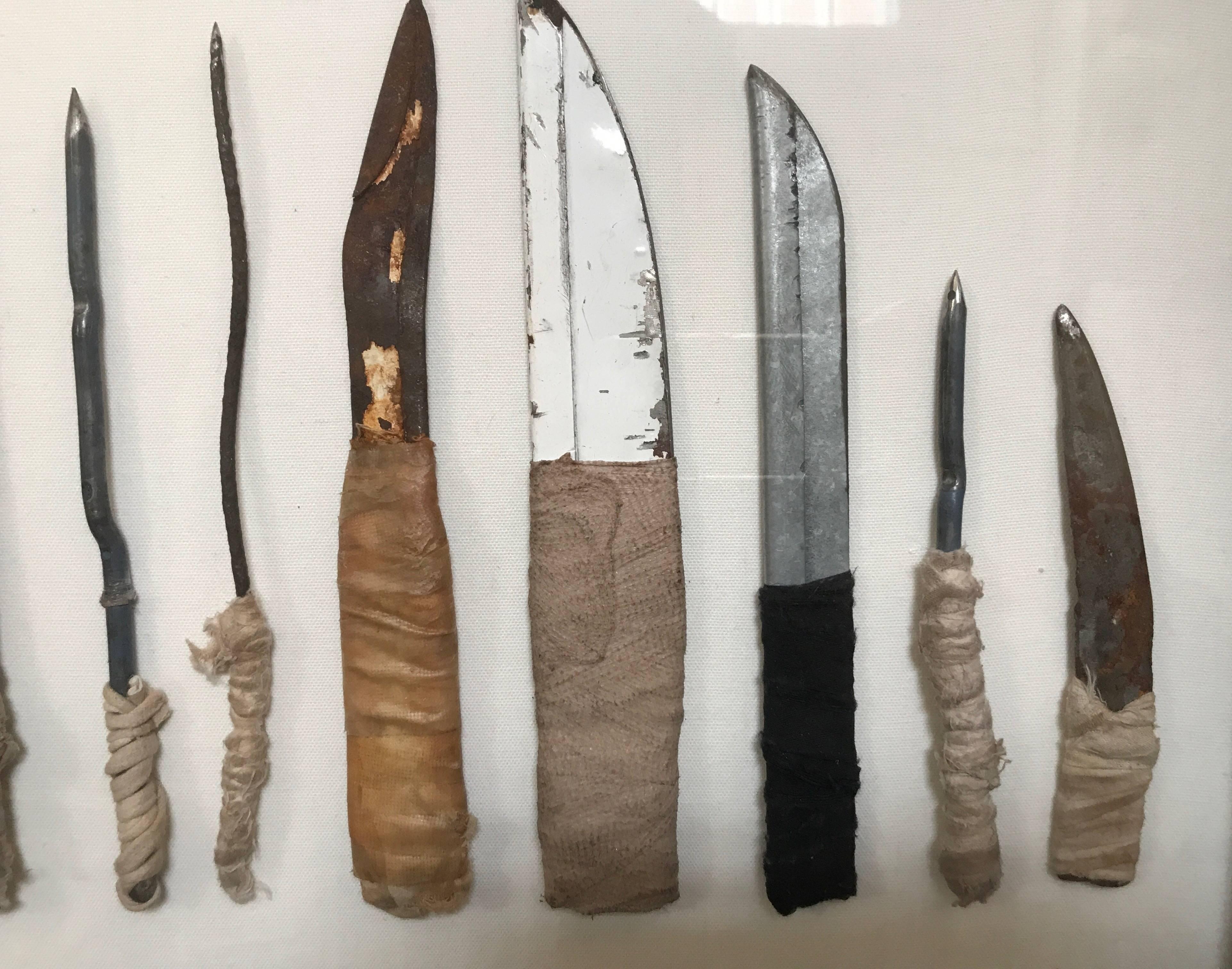- Joined
- Feb 15, 2019
- Messages
- 15
May I ask something that has been puzzling me since I've taken an interest in knives? Are there two types of (makers)?
Makers that buy in a pre-formed blank, and then those that make a knife from a piece of steel.
I've seen makers showing off large piles of knife blanks that I assume are ready for heat treating, sharpening and adding handles too? The other does it all in one.
Thanks all, Richard.
Makers that buy in a pre-formed blank, and then those that make a knife from a piece of steel.
I've seen makers showing off large piles of knife blanks that I assume are ready for heat treating, sharpening and adding handles too? The other does it all in one.
Thanks all, Richard.




